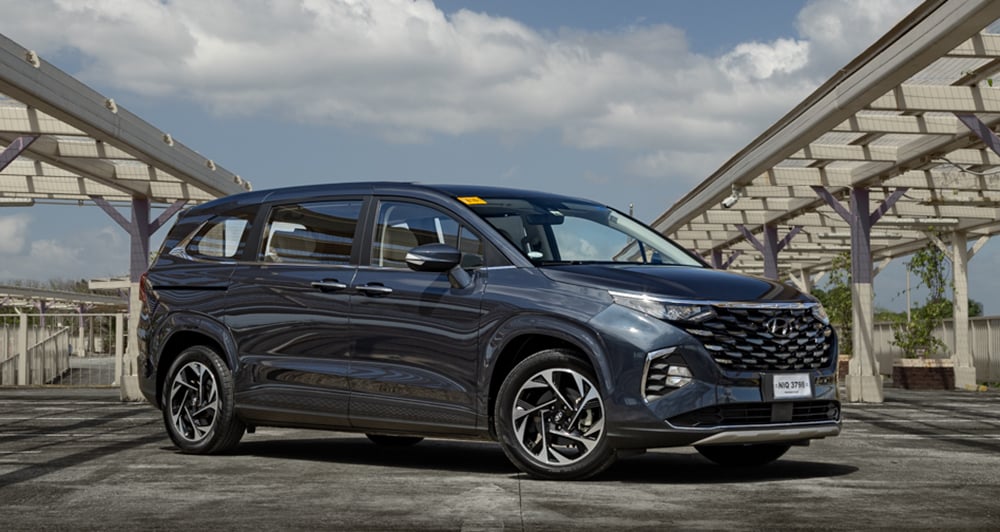
When I tested the Hyundai Staria Premium last year, I wrote about how vans and minivans have become ridiculous caricatures of wealth and status in recent years, leveraging their size and space to offer luxury experiences.
The segment has gotten so carried away by the astronomical prices (and markups) that these rolling lounges can fetch that it has forgotten what vans are supposed to be. And so, large families with modest incomes that are in the market for practical, spacious runabouts due to necessity rather than superfluity have been abandoned by the wayside—priced out of owning anything more comfortable than a subcompact seven-seater MPV.
But the humble family man now has a hero in the Hyundai Custin. A champion that brings affordability and much-needed sensibility into the minivan-MPV segment all while providing the same comfort and opulence as its more expensive counterparts. A beacon of hope for…okay, maybe that’s enough waxing poetic on a minivan.
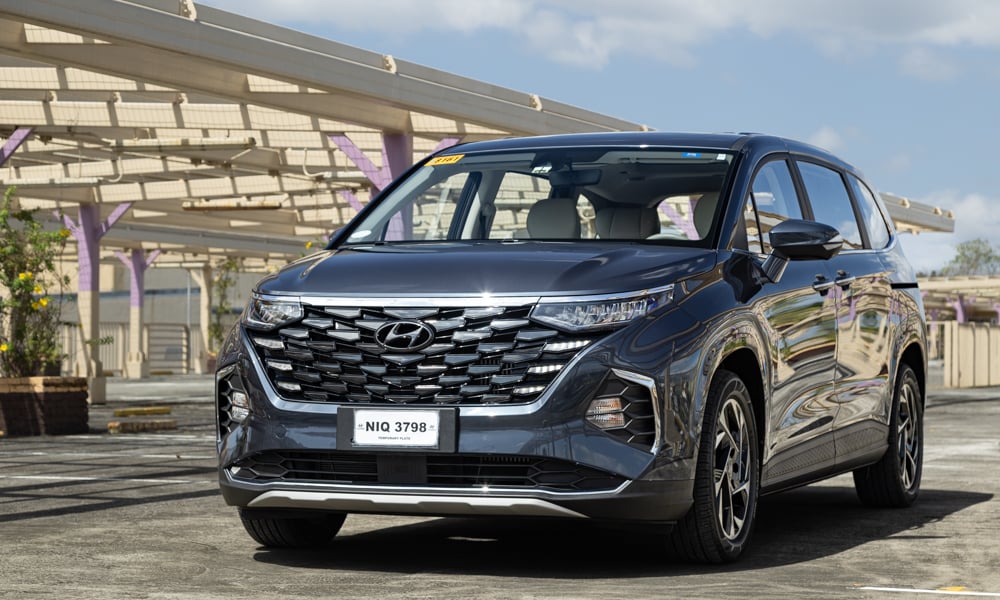
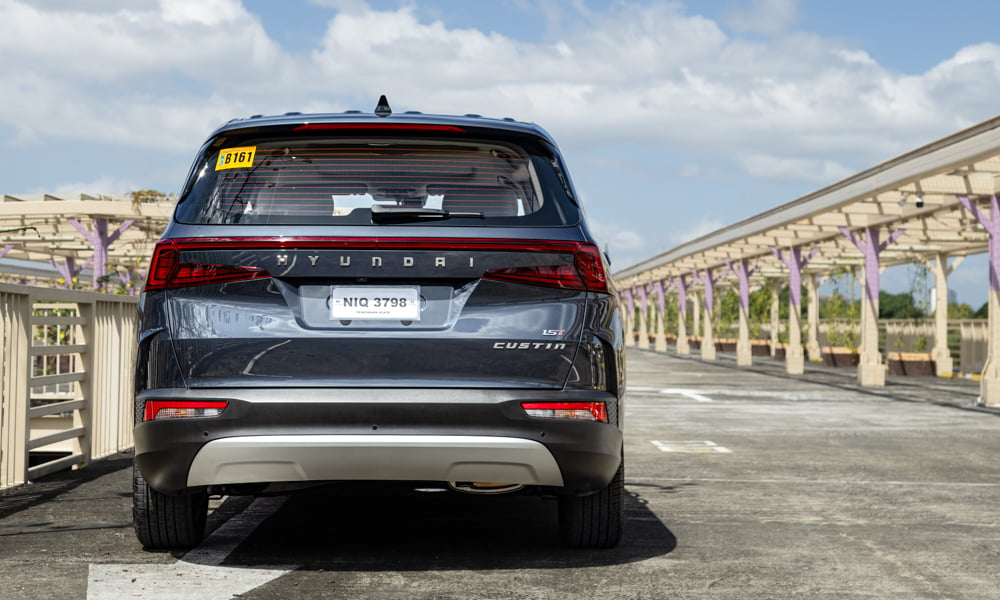
The Custin shares its platform with its full-size minivan cousin, the Kia Carnival, but is between 2-6% smaller in every dimension including the wheelbase. Given the reductions, you lose about 12.5% of volume overall.
Still, you get a vehicle roughly the size of the Toyota Zenix, albeit slightly longer (by 195mm) and lower (by 80mm). And given its SRP of P2,080,000, this is the weight class that the Custin is supposed to be fighting in. The reality, though, is it packs so much value that it punches far above its weight.
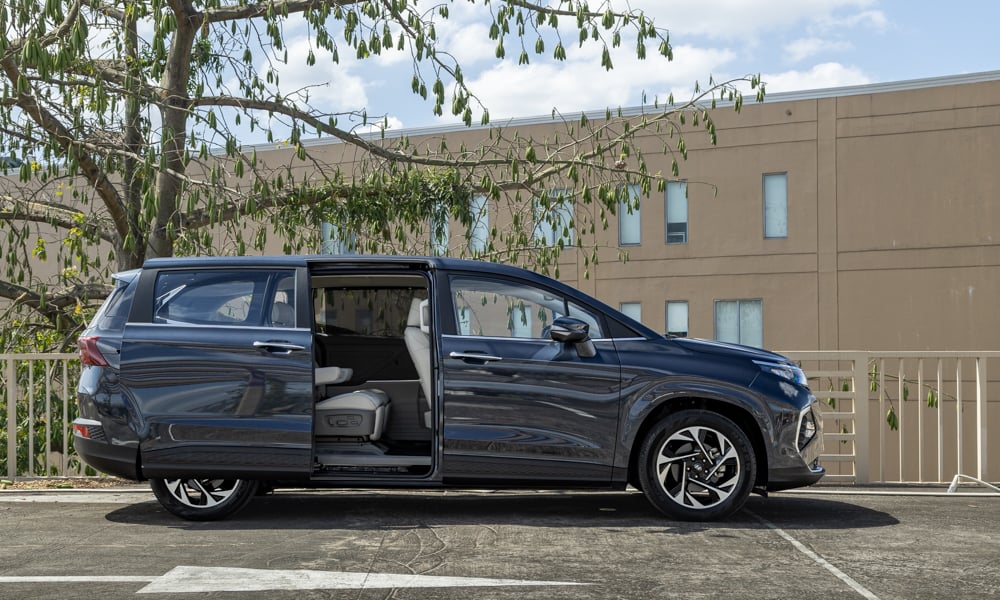
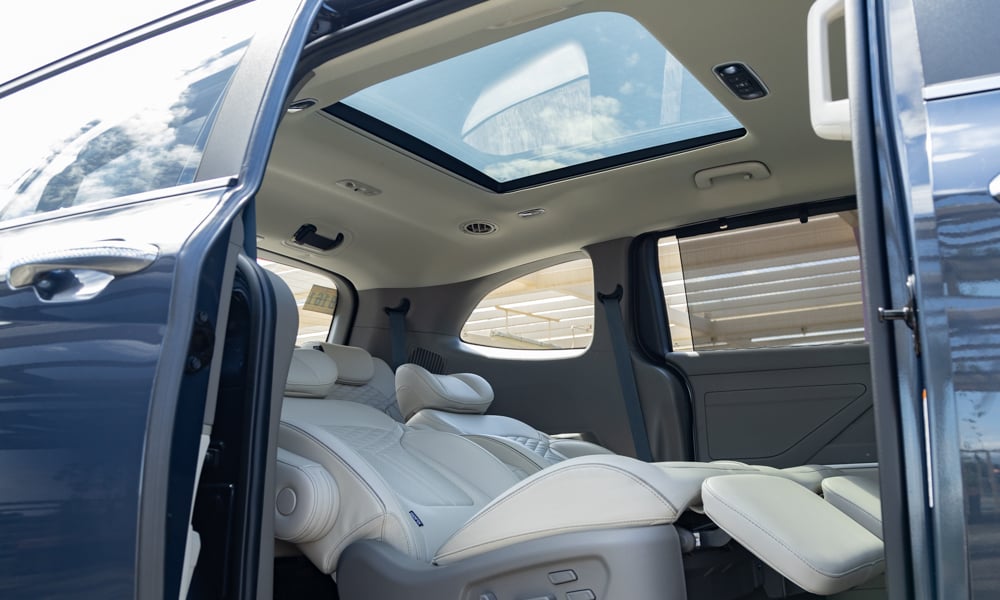
Motorized sliding doors alone would have been enough to distinguish the Custin from its competitors. But Hyundai went on to install two fully power-adjustable, ventilated captain chairs with ottomans in the middle.
For context, the second-row seats in the much more expensive Carnival can only move left-to-right and front-to-back under the power of their occupants’ knees, and it’s the same with the Staria Premium.
The interior is lavishly appointed with perforated leather seats, tons of space, dual sunroofs, tray tables for the second-row passengers, window shades, and third-row seating. Hyundai also has tech covered with a plethora of active and passive safety systems, phone integration…the works.
So what gives, then? How does it offer so much for so little money?
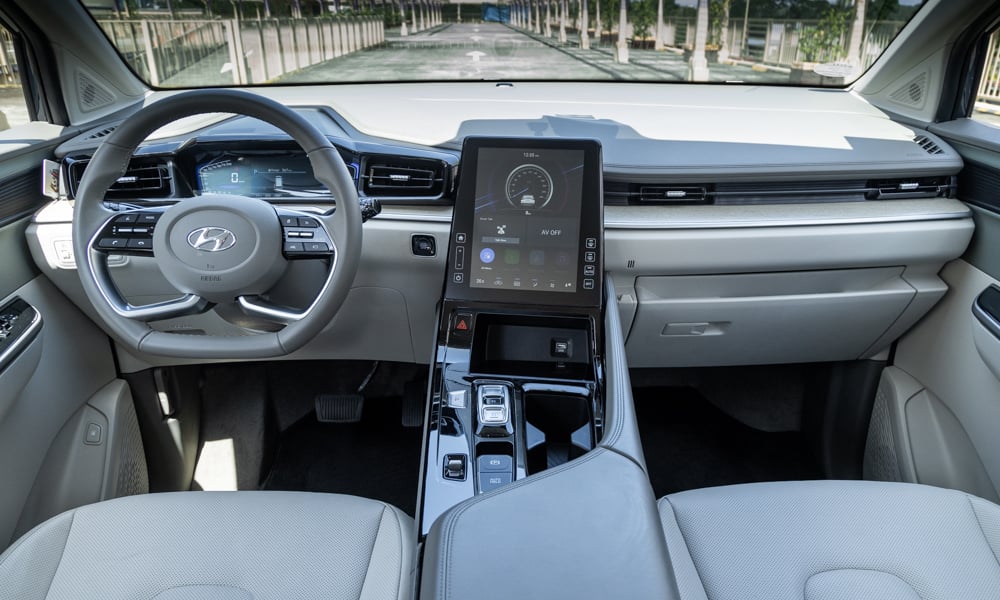
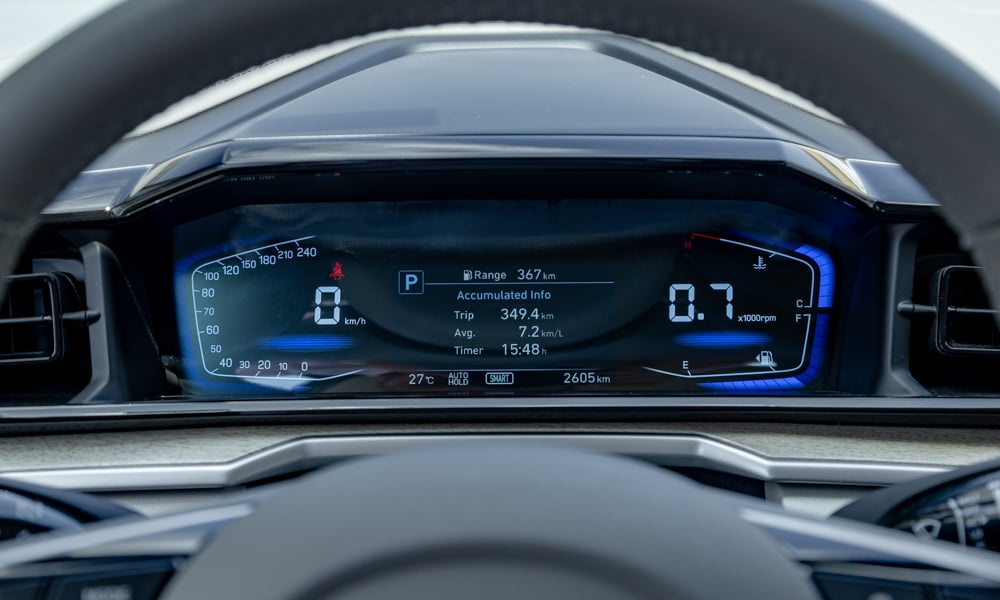
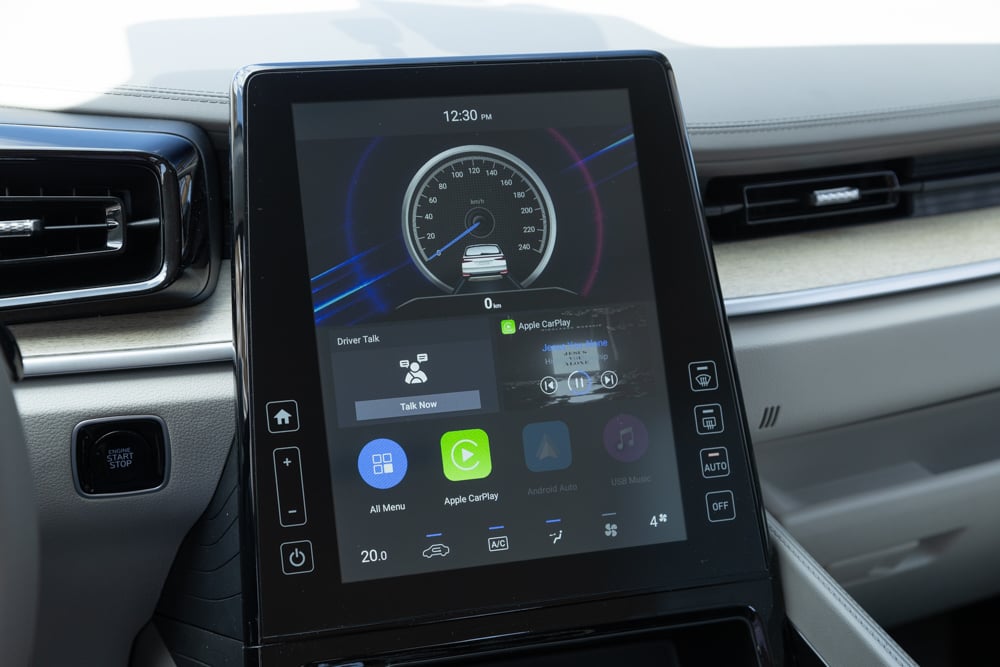

Well, the root of it is the fact that this Hyundai was developed and built by Bejing Hyundai, the Korean automaker’s Chinese subsidiary. And from here, a lot of other things fall into perspective.
For one, the interior quality does seem to be more Chinese than Korean. Reflections on the gloss-black trim are not as even as one would expect; hard plastics feel rough and chintzy; and some proportions are just slightly off.
There are a lot of cost-saving measures as well on the electronics front. The instrument cluster with its 4.2-inch digital display is of typical Hyundai and Kia design, only worse and sized to fit even a Hatasu Hero.
The 10.4-inch infotainment unit is slightly janky and quite poorly designed in terms of both UI and UX, but it’s fairly easy to forgive because, given its capability for wired Apple CarPlay and Android Auto, the main interface is nothing but a placeholder until you plug your phone in.
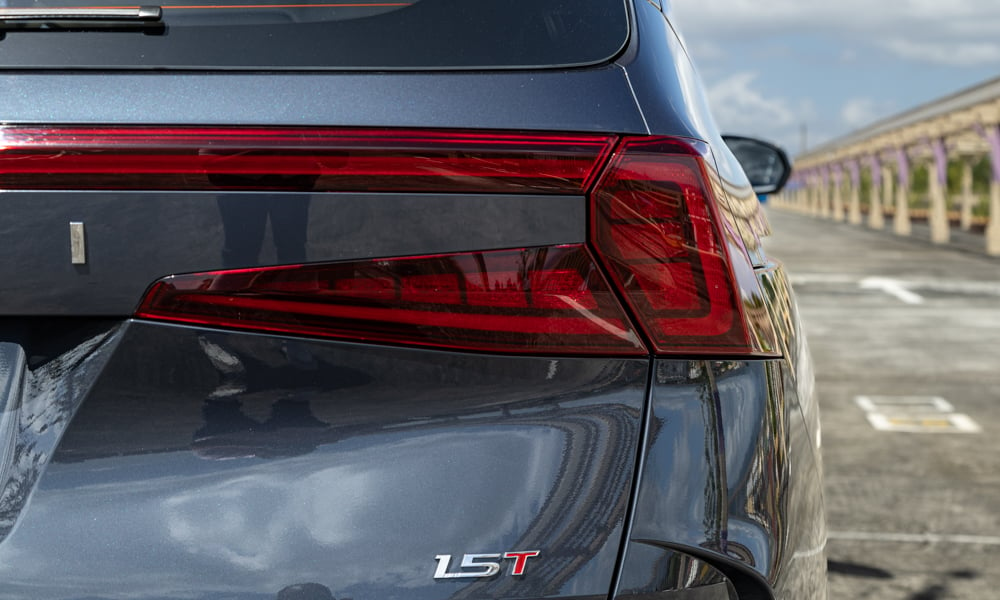
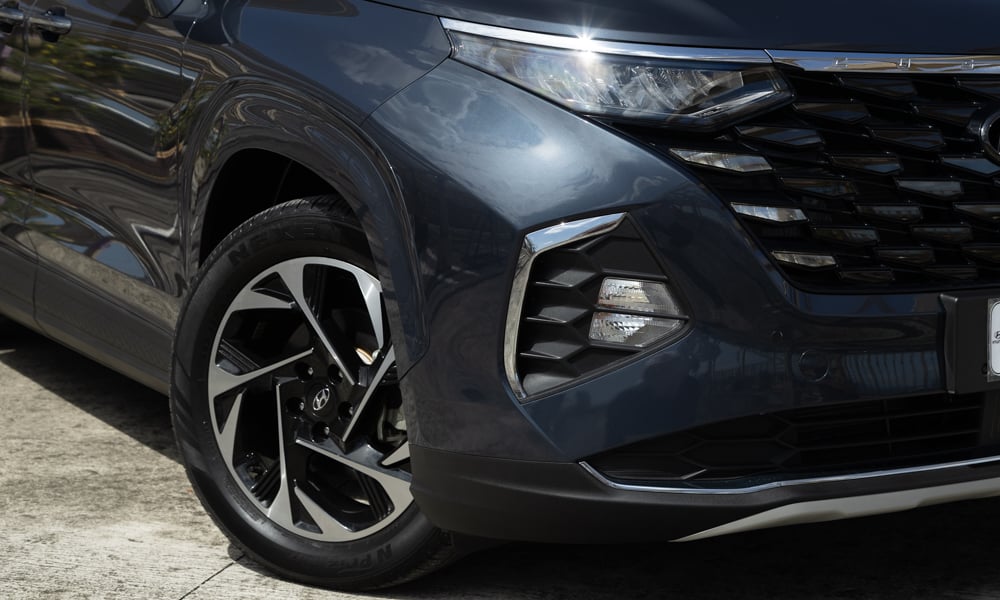
The motorized sliding doors do work great, but there are no buttons on the exterior door handles or on the B-pillar to open and close the doors. And once you get into the rear of the Custin, you will find that there is no dedicated climate control panel for the rear occupants. There’s no ambient lighting anywhere in this car as well.
Both the Custin and the Carnival ride on MacPhersons up front, but the Custin’s torsion beam setup in the rear is far less sophisticated than the Carnival’s multilink system, thereby saving some more moolah, although that is not to say that the Custin rides worse.
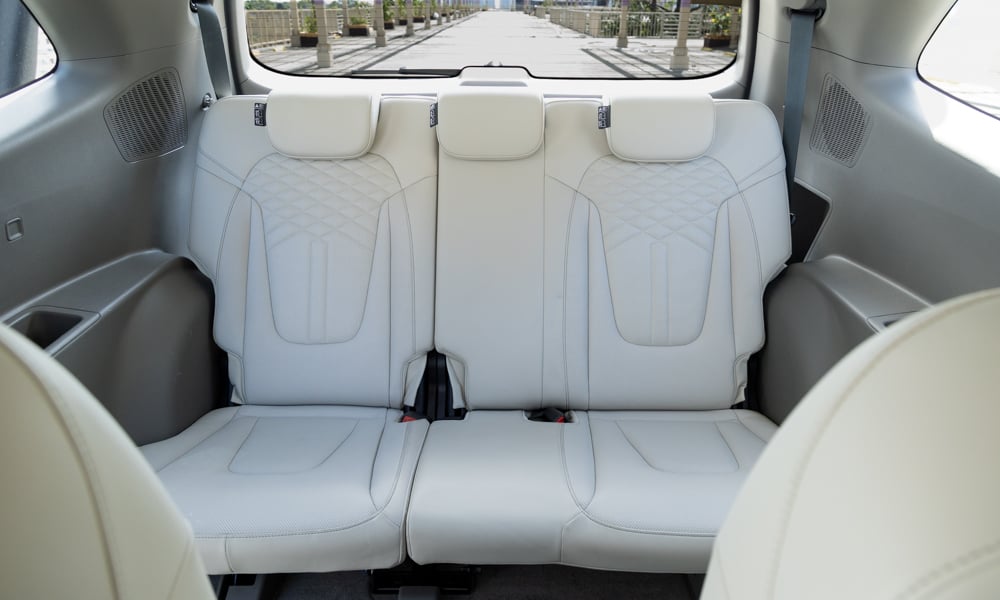
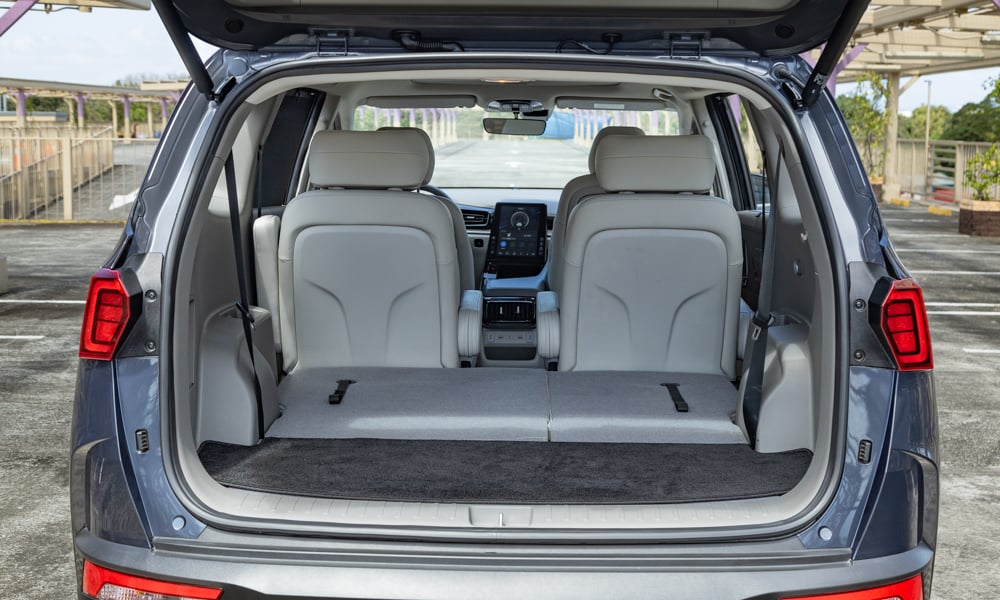
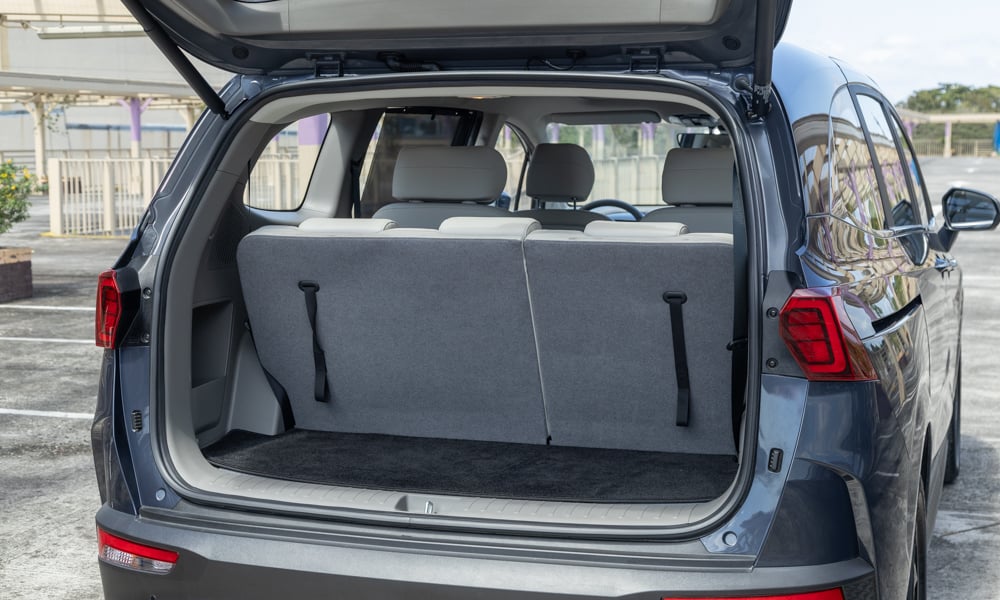
In practice, all this penny-pinching does not detract from the experience in the slightest. The product you interact with delivers luxury-van levels of comfort.
While the second-row chairs may not be as wide or massive as the ones on full-size minivan MPVs, they do have all the capabilities of fully reclining luxury seats. The legroom is uncompromised in this row even with taller front passengers.
However, space starts to run out when you look at the third row and the cargo area. Though the last set of seats has indents for three cabooses, its width can only fit two adults, which means the Custin is realistically only a six-seater car.
Still, two adults would be perfectly comfortable in this space even on longer journeys. With the third row up, though, there’s very little cargo space left. It will take a masterful game of Tetris to fit overnight bags for six people.
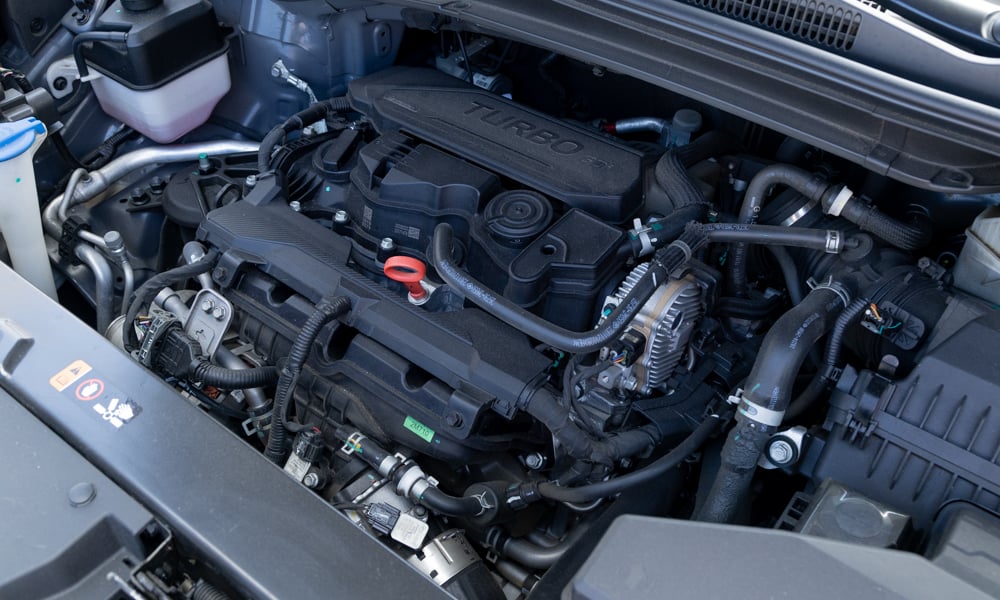
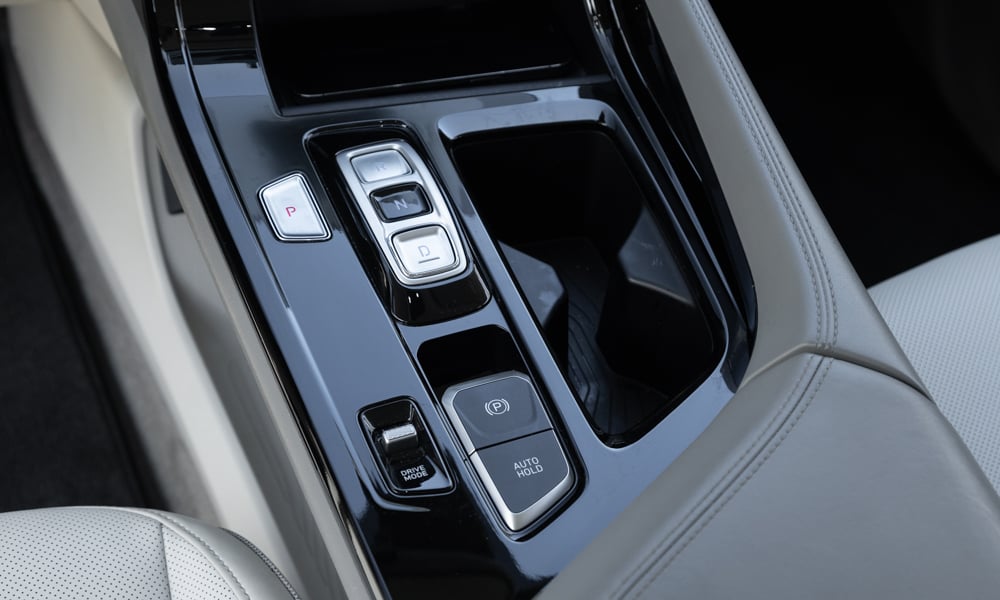
But perhaps the Custin’s true hamartia would have to be its drivetrain. As is typical of most Chinese imports, the Custin is powered by a 1.5-liter turbocharged four-cylinder gasoline engine.
Given its modest displacement, it lacks the low-end torque to respond with urgency off the line while off boost. Also, squeezing 168hp and 253Nm from a small-displacement engine makes power delivery laggy and slightly peaky, with power surging abruptly at about 2,000-2,200rpm. Comfort on the drive mode selector exaggerates the former, while Sport severely accentuates the latter.
It also uses the shifter buttons from the Staria Premium sans the paddle shifters, therefore denying its driver any manual control over the gearbox. Overtakes and quick downshifts require deliberate stomps on the go pedal, and controlling one’s speed downhill falls solely on the braking system’s shoulders.
The biggest disappointment would be the fuel efficiency of this powerplant. In the city, it does an average of 6.5km/L, while a mix of highway cruising and urban driving renders about 7.3-7.9km/L. We achieved a maximum of 11.1km/L while cruising on the highway, but that’s hardly representative of real-life road trips.
However, anyone who drives even slightly less like a lunatic than I do will surely be able to squeeze a kilometer or two more out of every liter. The driving experience is good, but nothing to write home about. The designated chauffeur will have an easy time driving the Custin with its light steering, excellent visibility, and pliable suspension.
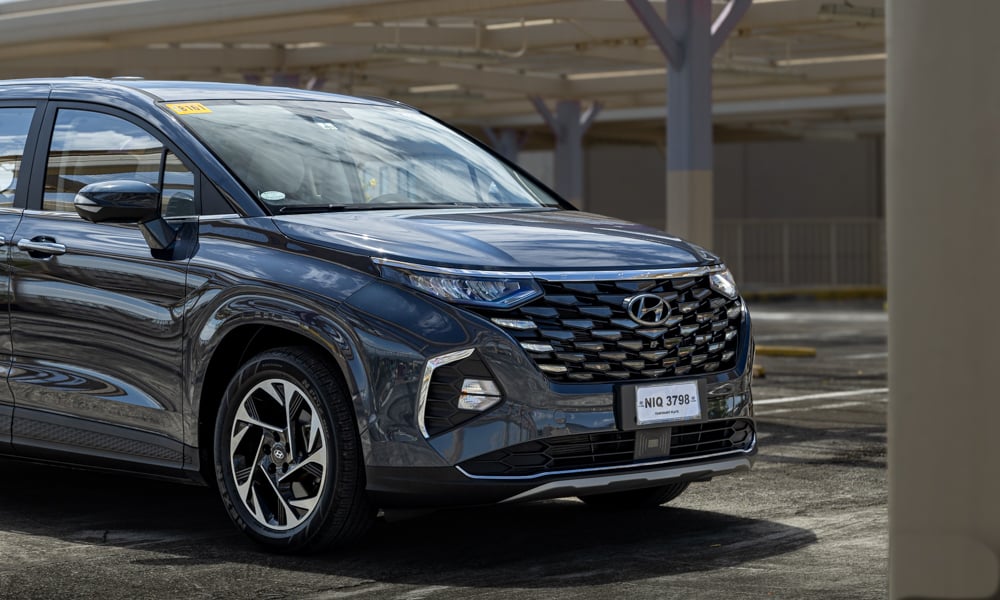
While I do wish it had a hybrid powertrain or at least Hyundai’s 2.2-liter D4H diesel in it, it’s easy to understand why it is the way it is. Any better and it would put its pricier stablemates’ value proposition into question, so Hyundai had to handicap it somehow.
At the end of the day, the Custin is a five-star car packing lavish amenities into a reasonable price tag. And while it lacks the polish of the Carnival and the Staria Premium, it is 90% of the luxury van experience for 70% of the cost. In my book, that makes the Custin the bargain of the decade.
HYUNDAI CUSTIN 1.5 T-GDI PREMIUM
| Engine | 1.5-liter four-cylinder turbo gasoline |
| Transmission | 8-speed automatic |
| Power | 168hp @ 5,500rpm |
| Torque | 253Nm @ 1,500-4,000rpm |
| Dimensions | 4,950mm x 1,850mm x 1,710mm |
| Drive layout | FWD |
| Seating | 7 |
| Price | P2,080,000 |
| Upside | Impressive value-for-money proposition that blows away the competition. |
| Downside | Electronics are a little crude. And the vehicle lacks low-end torque. |



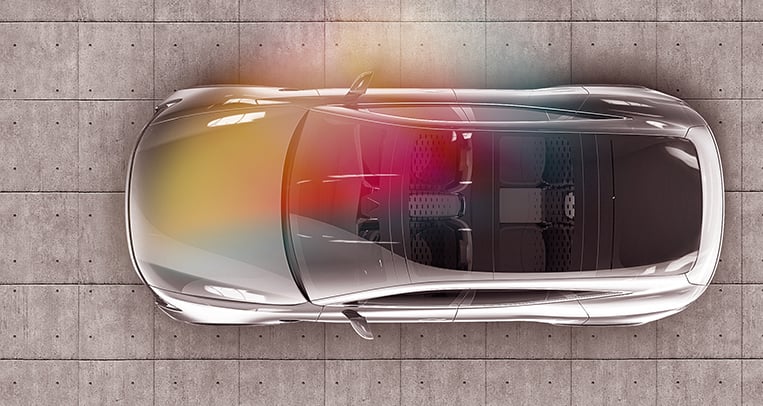

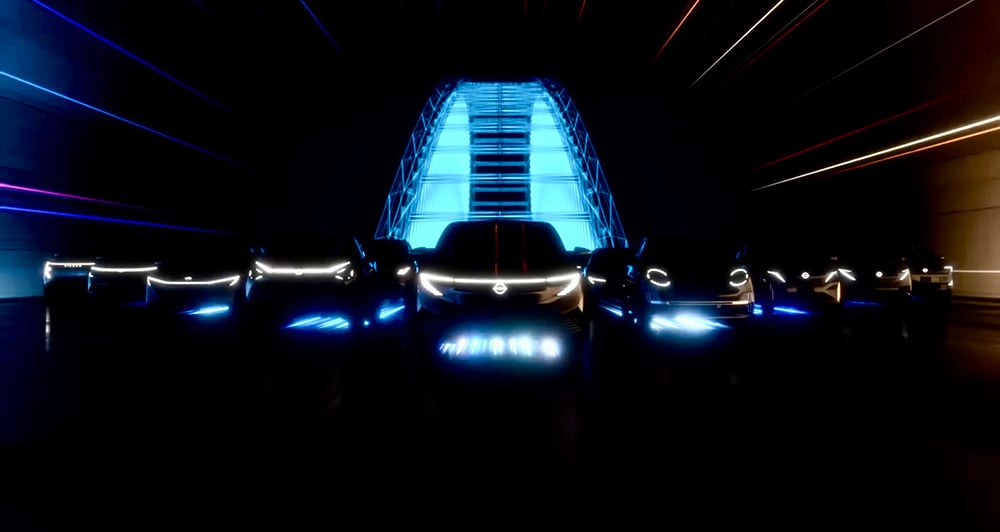


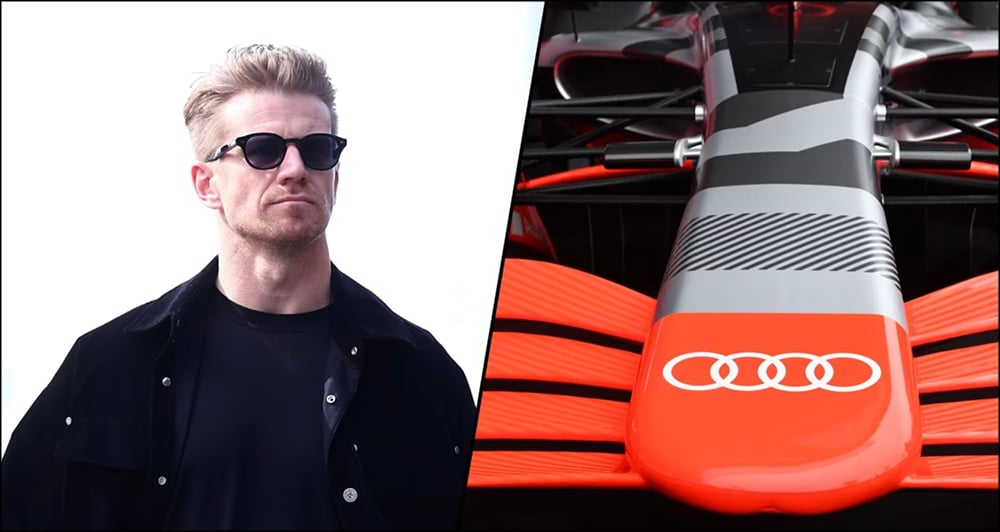
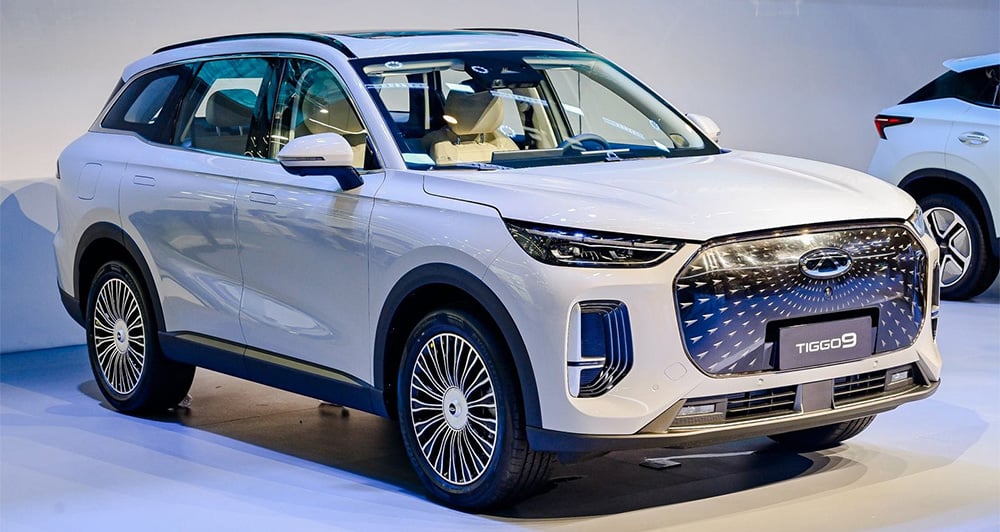
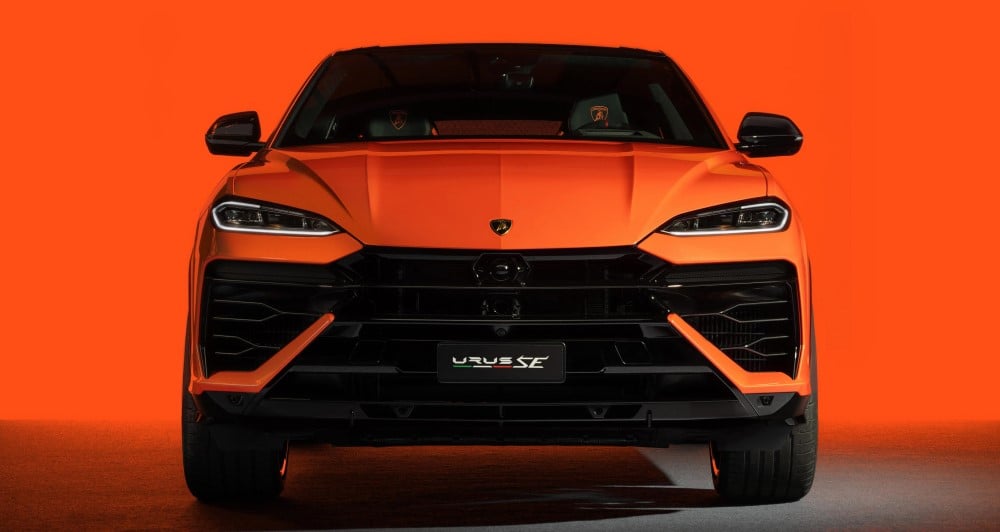
Comments